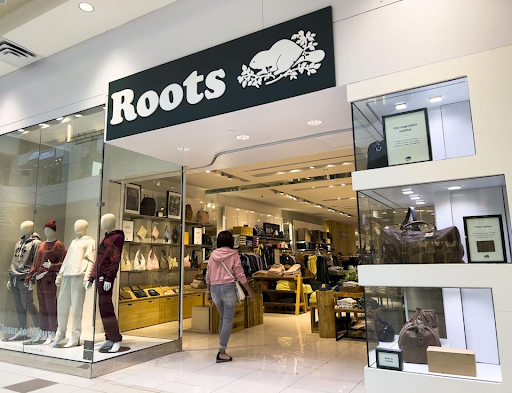
Canadian clothing retailer Roots has reported a $7.9 million loss for its first quarter. Despite the financial hit, the company says it hasn’t noticed any drop in customer spending.
Even in a tough economic climate, shoppers haven’t turned away from Roots. The Canadian clothing retailer reported a first-quarter loss of $7.9 million, but the numbers also show signs of strength—especially in how customers continue to spend.
CEO Meghan Roach made it clear during a call with analysts: “We haven’t seen any weakening and no pullback.” She responded to questions about whether shoppers were holding back or switching to cheaper brands. According to Roach, that’s not the case.
Roots’ sales for the quarter ending May 3 rose 6.7%, reaching $40 million. Most of this came from their direct-to-consumer arm—sales from its own stores and online business. That part of the company saw sales jump to $34.6 million from $31.4 million the year before, marking a solid 14.1% growth in comparable store sales.
Roach credited this boost to strong demand for Roots’ classic items and newer products that blend comfort with a fresh, updated style. She noted that shoppers embraced new designs that still felt true to the brand’s identity. “This momentum in our core collection and the success of our new programs gives us confidence,” Roach added.
However, it wasn’t all growth. Partner and wholesale sales dropped to $5.4 million from $6.1 million last year. This category includes Roots products sold through other retailers and custom collaborations.
Overall, while the company did post a net loss, it was slightly better than last year’s $8.9 million loss. The loss this year equated to 20 cents per share, compared to 22 cents per share a year ago.
Roach emphasized that this pattern is normal for Roots. The company typically earns about 30% of its revenue in the first half of the year—usually a loss-making period. The second half, with the holiday season and colder months, is when Roots tends to turn a profit.
In 2025, Roots is also reworking its retail footprint. They’re shutting down stores that aren’t performing well and shifting focus to locations with more promise—places where shoppers are more engaged and foot traffic is stronger. Customer feedback and in-store data are driving these decisions.
As part of this shift, several stores are getting a makeover. New layouts, digital tools, modern finishes, and adaptable fixtures are being introduced. These changes aim to make shopping at Roots more enjoyable and engaging. “The goal is to create a more immersive, intuitive, and inspiring retail environment,” said Roach.
Despite the financial loss, Roots appears focused and optimistic. With updated stores, growing direct sales, and products that customers still love, the company is aiming for a stronger back half of the year.















